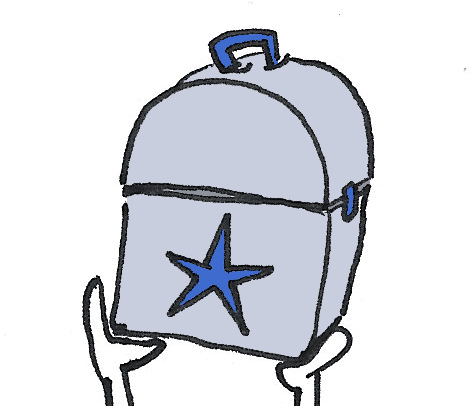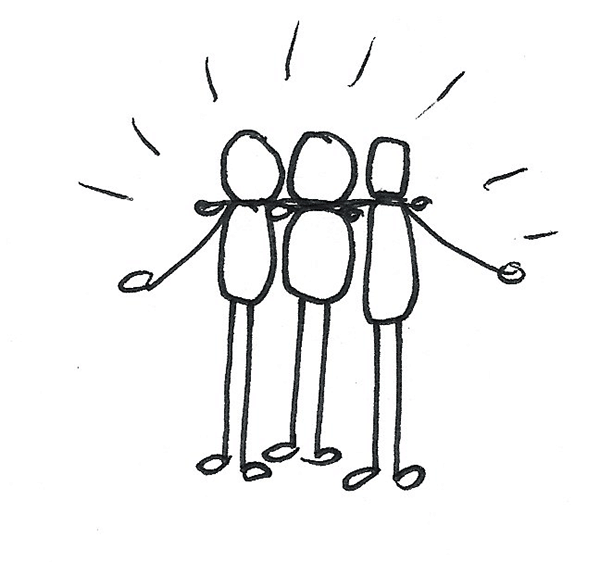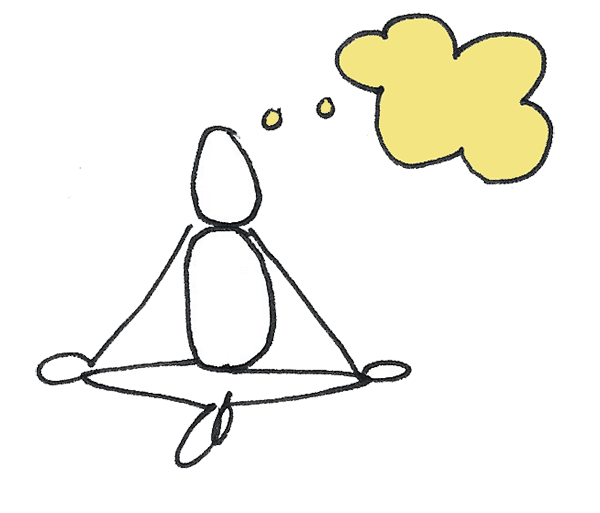
The COVID 19 Project tests the hypotheses that citizens, provided with information and tools can be trusted to address the complex problems in their community and nationally.
Get Involved
TAKE PART IN OUR EFFORT
Citizens and civil society organizations interested in supporting and joining the COVID 19 Project are welcome.
Join us for our online event at the occasion of the beginning of the Citizen Commission (Details to come)

Citizen Brief


Stakeholders Involved
Take Action
Ventilator & ICU
Vision:
All patients who need assisted ventilation has access to them.
Goal:
Provide an overview and recommandations for best practice for treatment of COVID 19 related respiratory dysfunction.
The Challenge:
Provide an evidence-based strategy for minimizing the spread of the COVID 19 virus through evidence based recommandations.
Evidence based recommandations for ICU and Ventilators
Background:
"Personal protective equipment, commonly referred to as “PPE”, is equipment worn to minimize exposure to a variety of hazards. Examples of PPE include such items as gloves, foot and eye protection, protective hearing devices (earplugs, muffs) hard hats, respirators and full body suits."
OSHA
Oxygen Suport:
Assisted Mechanical Ventilation
High-Flow Nasal Cannula Oxygen Therapy Devices
Mechanical ventilation
ICU and Assisted Mechanical Respiration
A ventilator is a machine that provides mechanical ventilation by moving breathable air into and out of the lungs, to deliver breaths to a patient who is physically unable to breathe, or breathing insufficiently. Modern ventilators are computerized microprocessor controlled machines, but patients can also be ventilated with a simple, hand-operated bag valve mask. Ventilators are chiefly used in intensive care medicine, home care, and emergency medicine (as standalone units) and in anesthesiology (as a component of an anesthesia machine).
High-Flow Nasal Cannula Oxygen Therapy Devices: For hypoxemic respiratory failure, the frontline treatment is supplemental oxygen. Since ARDS was first described, mechanical ventilation via an endotracheal tube (invasive ventilation) has no doubt saved many patients. During the 1990s, noninvasive ventilation was found to be superior to invasive ventilation for exacerbations of COPD, acute cardiogenic pulmonary edema, and acute respiratory failure in patients who were immunocompromised. In the 2000s, less invasive high-flow nasal cannula (HFNC) therapy gained attention as an alternative means of respiratory support for patients who were critically ill. The HFNC system is simple: it requires only a flow generator, active heated humidifier.
CPAP and BPAP
CPAP vs BiPAP - Non-Invasive Ventilation EXPLAINED
References
Guidelines and Recommandations
How ventilators work and why they are so important in saving people with coronavirus
A shortage of ventilators will put lives at risk, so health authorities around the world are doing everything they can to get more
COVID-19 – Trying Not to Intubate Early & Why ARDSnet may be the Wrong Ventilator Paradigm
For me and I am sure many COVID-19 has been quite the whirlwind. So much information, so little time to process all of it. Meanwhile, many of us are on the frontlines having to take care of these patients. Personally, I have never been so wrong, so many times about a single disease process. What I say today, may be different tomorrow. This podcast was recorded on April 3rd, 2020
Aartik Sarma, MD; Carolyn S. Calfee, MD, MAS
Prone Positioning in Awake, Nonintubated Patients With COVID-19 Hypoxemic Respiratory Failure
Alison E. Thompson, MD; Benjamin L. Ranard, MD; Ying Wei, PhD; et al.
General Media:
At least of covid-19 patients on ventilators don't make it Washington Post
How ventilators work and why they are so important in saving people with coronavirus
A shortage of ventilators will put lives at risk, so health authorities around the world are doing everything they can to get more
Mechanical ventilators, which help patients breathe or breathe for them, are considered critical to the nation’s effort to contain the worst effects of the pandemic and avoid a crisis like the one Italy is facing.
Projected Need:
Current Supply:
Potential Ramp up:
-
Hospitals confront potential shortage of ventilators to treat patients with coronavirus
-
More lifesaving ventilators are available. Hospitals can’t afford them.
“hospitals are holding back from ordering more medical ventilators because of the high cost for what may be only a short-term spike in demand from the coronavirus epidemic, supply chain experts and health researchers say, intensifying an anticipated shortage of lifesaving equipment for patients who become critically ill.”
-
Who gets a ventilator? Hospitals facing coronavirus surge are preparing for life-or-death decisions NBC News (3/18)
“amid growing fears that the United States could face a shortage of ventilators for coronavirus patients, state officials and hospitals are quietly preparing to make excruciating decisions about how they would ration lifesaving care.”
-
We need more ventilators. Here’s what it will take to get them. (MIT Technology Review) As a Stanford postdoc a decade ago, Matt Callaghan created the designs for a streamlined, low-cost ventilator that hospitals could stockpile, to prepare for the possibility of a global pandemic.
What the ventilator shortage means for America’s fight against the coronavirus
l
GM, Ford studying how to make ventilators to fight COVID-19 (Detroit News) At least two of Detroit's three automakers are studying the feasibility of producing vital medical equipment, such as ventilators, as the nation tries to combat the coronavirus pandemic, echoing the industry's conversion to building tanks, trucks and planes during World War II.
General information and guidelines


